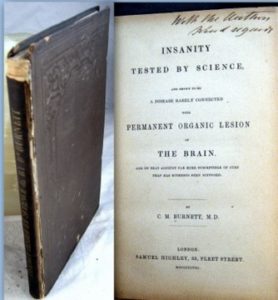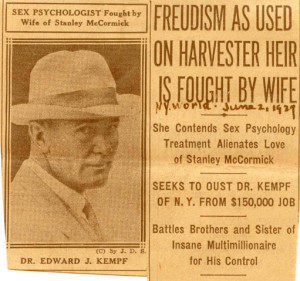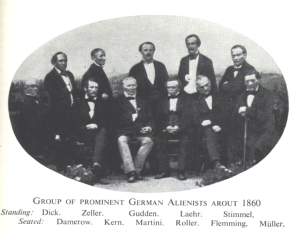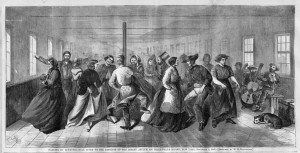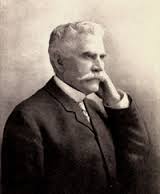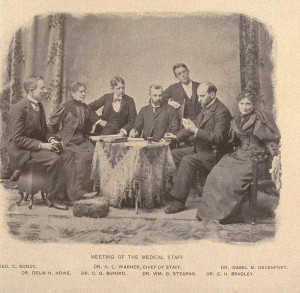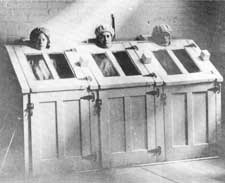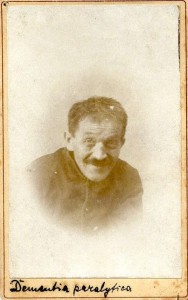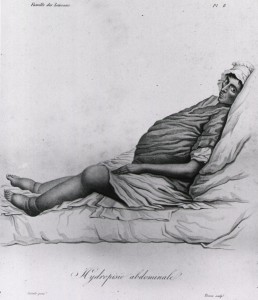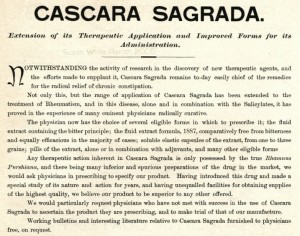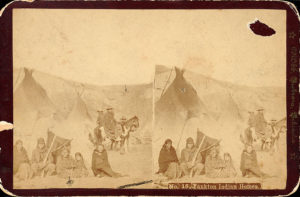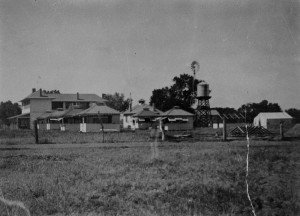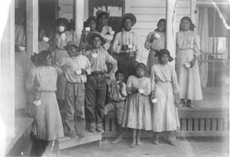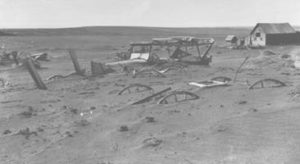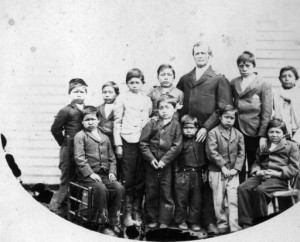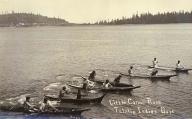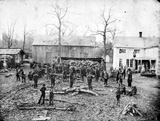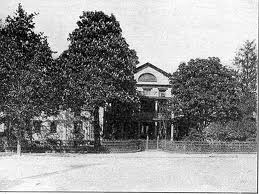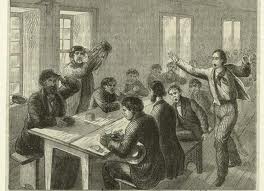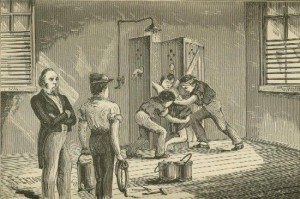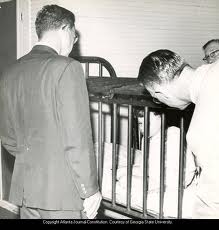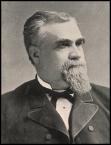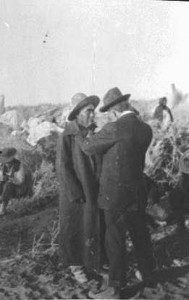An important innovation in the treatment of the insane was to obtain a history of patients’ past life and behavior. This allowed doctors to see how much the patient was deviating from previous behavior that was “normal” for that person; it also allowed them to see if anything important might have happened to cause the patient’s decline in mental health. Illnesses, shocks, losses, and so on could be precipitating events, as could lifestyle practices such as alcohol or opiate use. All mental illness wasn’t connected to outside factors, of course, but alienists began to realize that for them to understand and help patients, they had to understand what they had been like before they became insane.
Most patient records are missing from the existing files on the Canton Asylum for Insane Indians. Medical files seemed to have been fairly up-to-date when the asylum first opened, since the asylum’s assistant superintendent, Dr. John Turner, could ascertain the date of a patient’s pregnancy by the menstrual records he kept. When Dr. Harry Hummer took over as superintendent, one report mentioned that his record-keeping was modeled after that of St. Elizabeths, where he had been a physician. However, the doctor was criticized in later reports for poor record-keeping. The reports on patients that he sent to relatives varied little from month to month, and Hummer put a stop to even this slight gesture after a number of years.
When patients were transferred to St. Elizabeths after the Canton Asylum closed, staff reviewed what was known about them and then wrote their own assessments after a short period of observation. Sometimes these short notes are the only ones available, and they at least give a glimpse as to why a patient came to the asylum.
In my next couple of posts, I will share a few of these patients notes.
